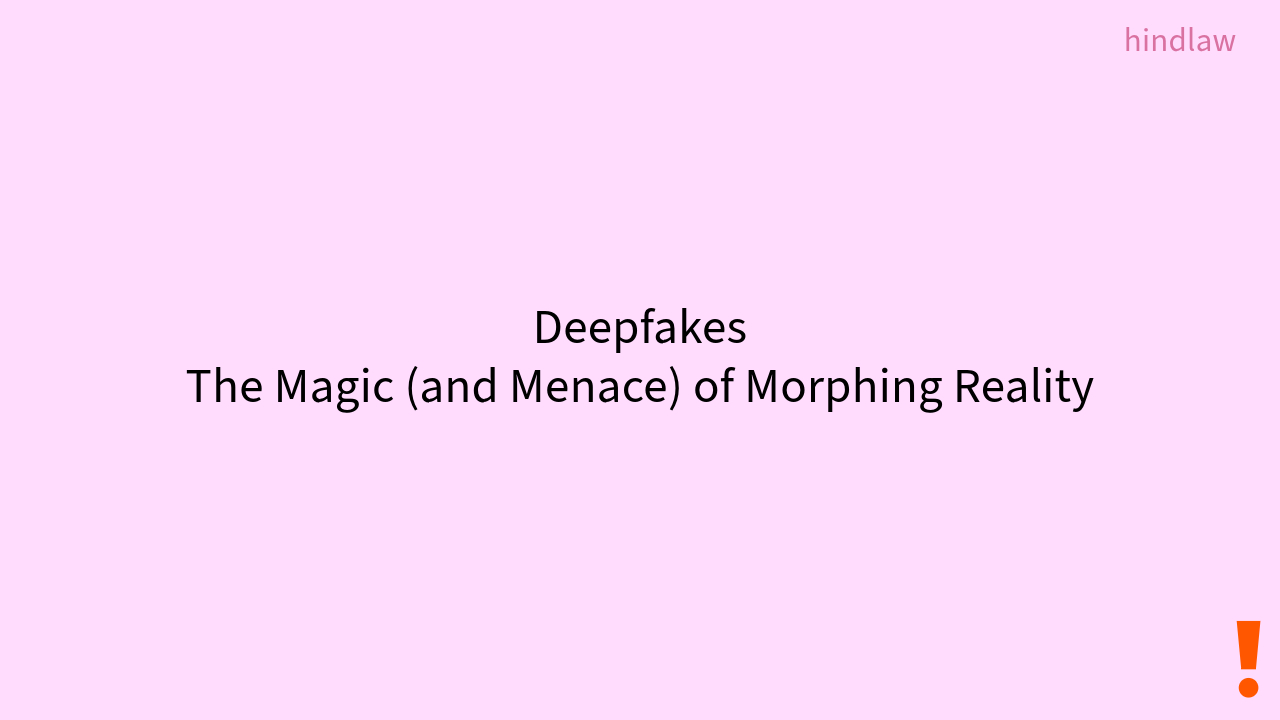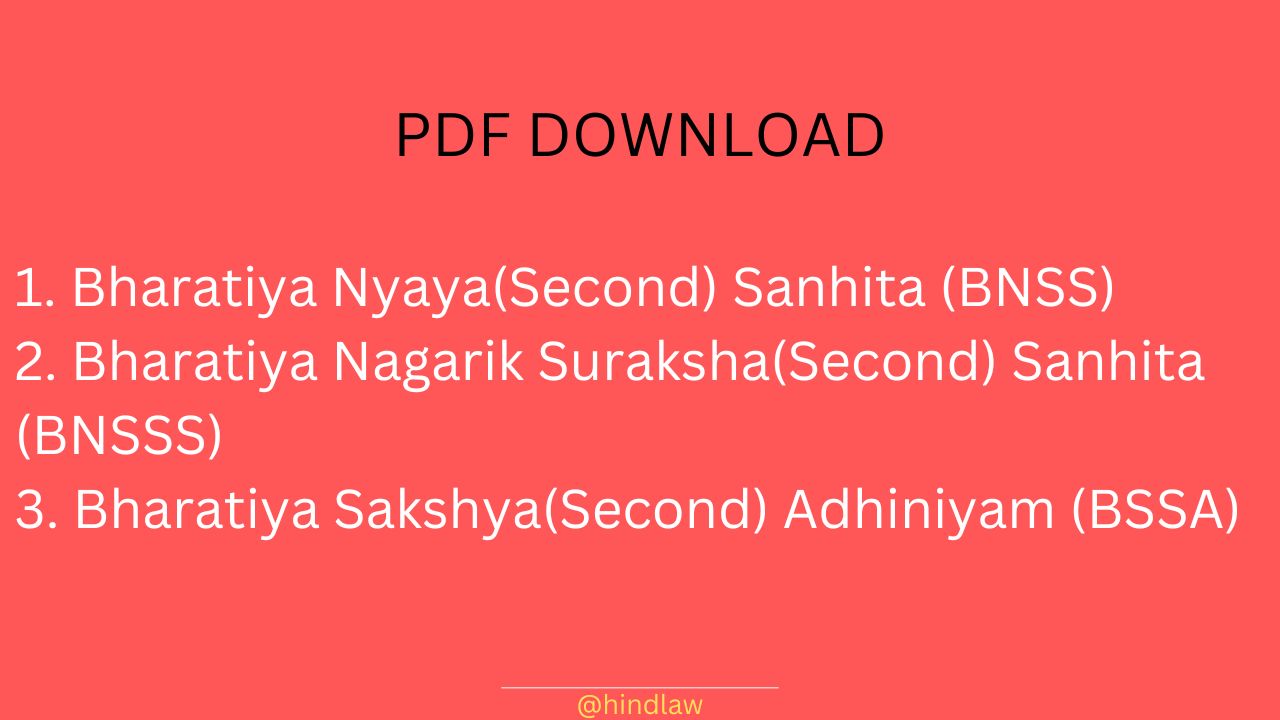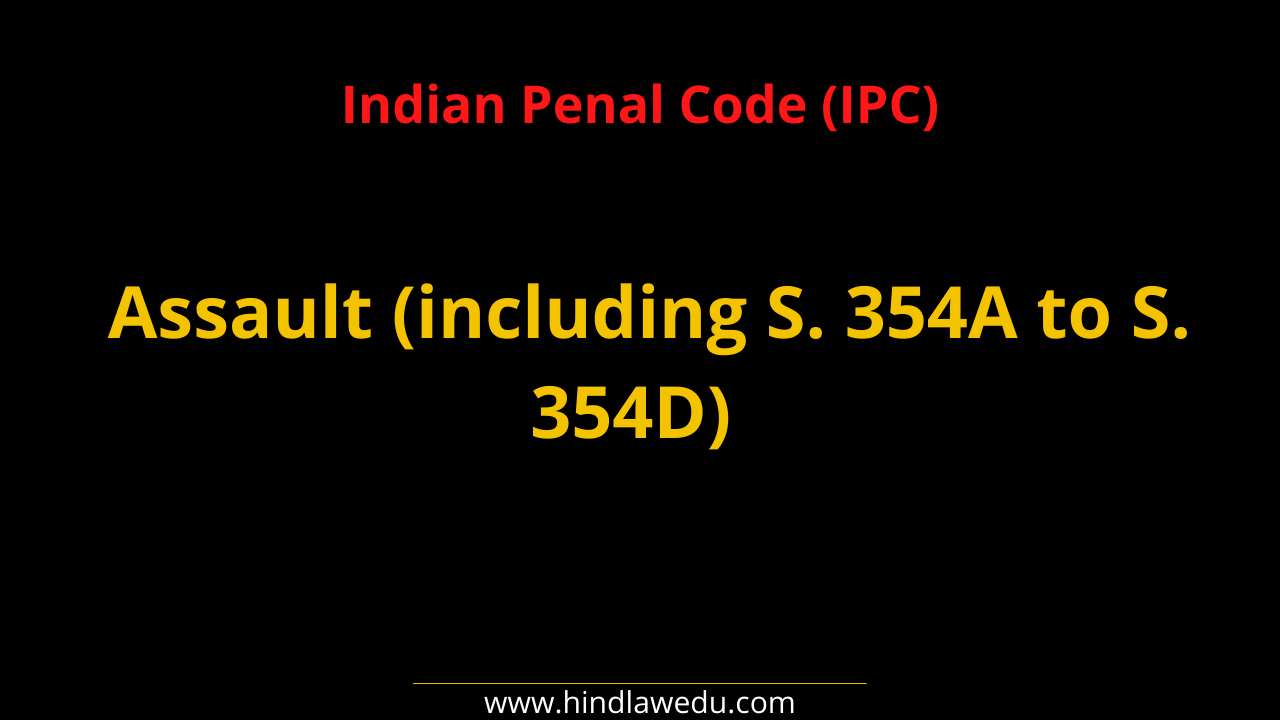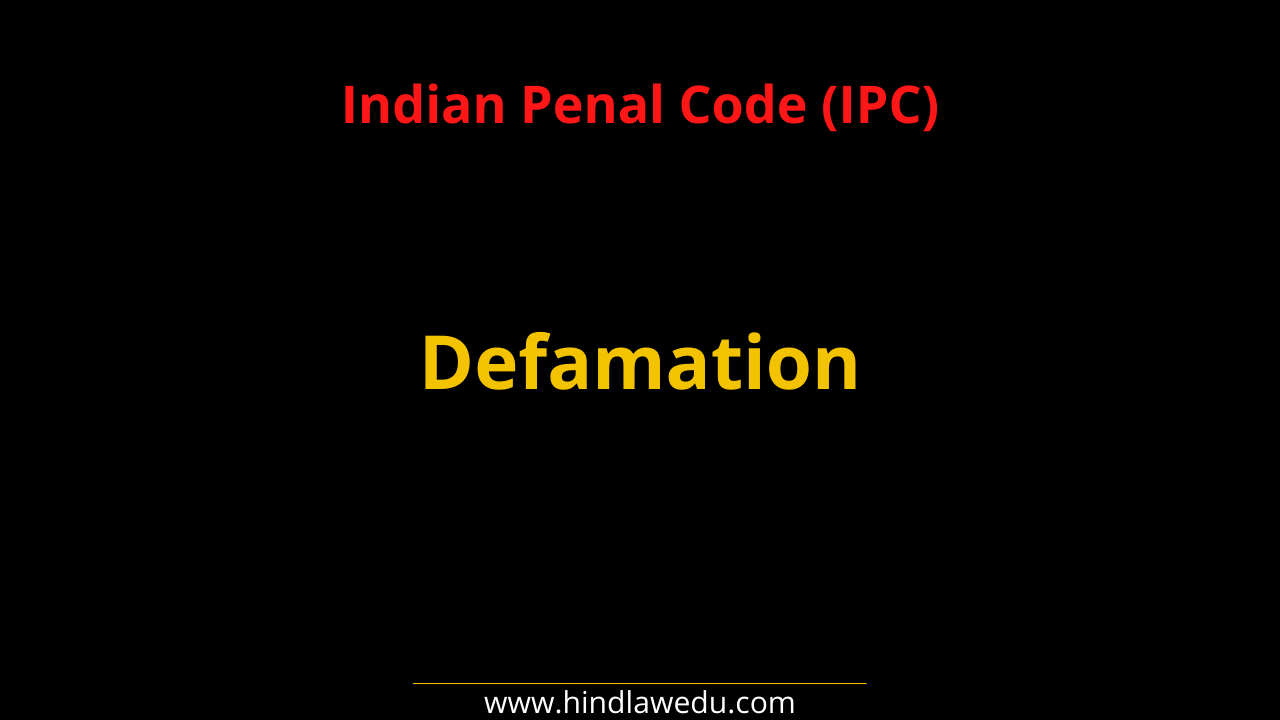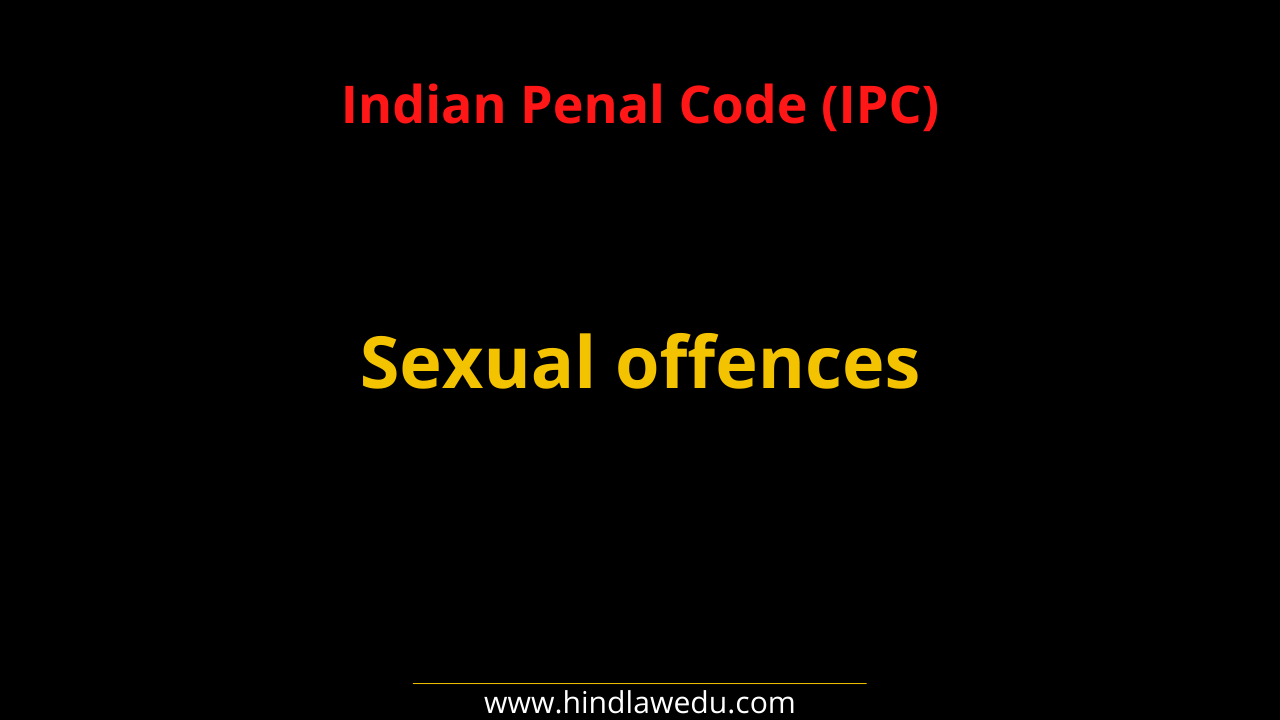Table of Contents
Introduction
The Indian Constitution guarantees freedom of movement and personal liberty under Articles 19 and 21. In order to protect these rights IPC lays down laws. Section 339 and 340 of the IPC talk about wrongful restraint and wrongful confinement respectively.
These offences are related to the circumstances where people are confined or restrained and their right to move freely is obstructed. For wrongful restraint/confinement to occur, the presence of physical force is not necessary. Even the use of words can cause wrongful restraint/confinement. Wrongful restraint/confinement can only be imposed if the obstruction is unconstitutional or wrongful.
If the person obstructing has the right to restrain then the act becomes constitutional and wrongful restraint does not apply to it. Wrongful restraint and wrongful confinement are both violations of one’s right to freedom of movement and both offences are punishable under IPC.
Wrongful Restraint : Section 339
Whoever voluntarily obstructs another person in order to prevent them from proceeding in a direction in which they have a right to go is said to be wrongfully restraining that person.
Illustration: A person X is voluntarily roaming with a wild dog around another person Y in order to prevent Y from entering a building. This gesture from X constitutes the crime of wrongful restraint.
Essentials ingredients for constituting wrongful restraint are –
- There must be voluntary obstruction
- The complainant’s ability to move in any direction should be hampered due the obstruction.
- The person being obstructed should have the right to proceed in that specific direction.
If a person has the legal authority to move in a specific way and someone breaches his/her right to mobility. This is unconstitutional and this needs to be protected by the law. Thus if there is some kind of obstruction which restrains the mobility of a person in a particular direction, leads to wrongful restraint and law must protect his/her right.
Note: For wrongful restraint to occur, the presence of physical force, or the presence of the accused is not necessary. Even the use of words can cause wrongful restraint. It is considered wrongful restraint even if there is only a little unlawful obstruction.
Punishment
Wrongful restraint is punishable under section 341 of the Indian Penal Code. It states that a person held accountable of wrongful restraint can be –
- Imprisoned for a term which may extend to 1 month. OR,
- held liable to pay a fine which may extend to 500 rupees. OR,
- both i.e. imprisonment and fine which may extend to 1 month and Rs. 500 respectively.
Exceptions:
- Wrongful restraint can only be imposed if the obstruction is unconstitutional or wrongful but if the person obstructing has the right to restrain then the act becomes constitutional and wrongful restraint does not apply. This can be seen in the cases of private property where a person has all the rights to prevent other people from entering into his property.
- Another important exception of wrongful restraint is that the obstruction laid should be in good faith. It is possible if a person walking on a road stops another person to save him from a hidden pothole. In this case, the constraint was in place, but it was done in good faith. So it will not amount to wrongful restraint.
Cases:
Lalloo Pd. vs Kedarnath Shukla And Anr. December, 1963
In this case the accused was a tenant and he locked the rented house and thus not allowing the owner of the house to enter. This was a voluntary, wrongful act of restricting a person’s right to mobility. This constituted wrongful restraint.
Wrongful Confinement : section 340
Whoever voluntarily obstructs another person in order to prevent them from proceeding out of a certain circumscribed limits, in which they have a right to go, is said to be wrongfully confining the person. It is the unlawful denial of a person’s right to proceed beyond a specified circumscribing limits.
Illustration: Mr. X forces Mr. A to go into a closed room and lock A. A is thus obstructed from proceeding in any direction beyond the circumscribed walls of the room. As it is the right of A to move beyond the boundaries of the room therefore X wrongfully confines A.
The Essentials ingredients for constituting wrongful confinement are –
- The complainant should be wrongfully restricted by the accused. Every essential element of wrongful restraint should be present.
- The motive of obstruction should be to confine the person within a certain boundary.
- The complainant’s ability to move beyond certain limits should be hampered due the obstruction.
- The person being obstructed should have the right to move beyond the limit.
Punishment
Wrongful confinement is punishable under section 342 of the Indian Penal Code. It states that a person accountable of wrongful confinement can be –
- Imprisoned for a term which may extend to 1 year. OR,
- liable to pay a fine which may extend to 1000 rupees. OR,
- both, with a maximum sentence of 1 year in prison and a fine of Rs. 1000.
Exception:
Exceptions under wrongful confinement are mostly the same as that in wrongful restraint. Still adding another important exception that says, mistakes of fact by a policeman cannot be treated as wrongful confinement.
Such as, If Mr. A, a policeman wrongly misinterpreted B as C and imprisoned him. Later after knowing the truth A released B. Here A cannot be accused of wrongful confinement as this is a case of mistake of fact and the policeman arrested B in a good faith believing him to be a criminal.
Other types of wrongful confinement
- Section 343 – This section gives an overview of wrongful confinement for 3 or more days. According to this section, if a person wrongfully confines another person for 3 days or more, he shall be punished with imprisonment which may extend to a period 2 years, or a fine worth Rs. 1000, or both.
- Section 344 – This section gives an overview of wrongful confinement for 10 or more days. According to this section, if a person wrongfully confines another person for 10 days or more, he shall be punished with imprisonment which may extend to a period 3 years, or a fine worth Rs. 1000, or both.
- Section 345 – This section talks about wrongful confinement of a person whose liberation writ has been issued. According to this section, if a person wrongfully confines another person for whom the authority has already issued the liberation order, the accused shall be punished with imprisonment which may extend to a period of 2 year along with additional fine.
- Section 346 – this section talks about wrongful confinement of a person in secret. According to this section, if wrongful confinement is done secretly with the indication of intention that such confinement may not be known to the interested parties, the accused shall be punished with imprisonment which may extend to a period of 2 years with some additional punishment.
- Section 347 – This section talks about wrongful confinement with the motive of extortion of property or any illegal act. According to this section, if a person wrongfully confines another person for the purpose of extorting property or any act that is illegal, he shall be punished with imprisonment which may extend to a period of 3 years along with fine.
- Section 348 – This section talks about wrongful confinement with the motive of extorting confession or any information or compelling to restore any property or valuable security or to satisfy any claim or demand, he shall be punished with imprisonment which may extend to a period 3 years along with fine.
Difference between Wrongful Restraint and Wrongful Confinement
| S. No. | Basis | Wrongful restraint | Wrongful confinement |
| 1. | Definition | It is the obstruction imposed on a person to prevent him/her from proceeding in a particular direction. | It is the obstruction imposed on a person to prevent him/her from proceeding out of a circumscribed limit. |
| 2. | Degree of limitation | Here the degree of limitation is less i.e. only a particular direction is obstructed. | Here the degree of limitation is more i.e. all the directions are obstructed. |
| 3. | seriousness of the crime | It is comparatively less serious in nature. | It is more serious crime when compared to wrongful restraint |
| 4. | Punishment | A person found guilty of unlawful restraint faces a sentence of up to one month in jail or a fine of up to Rs. 500, or both. | A person found guilty of unlawful detention faces a sentence of up to one year in jail, a fine of up to Rs. 1000, or both. |


